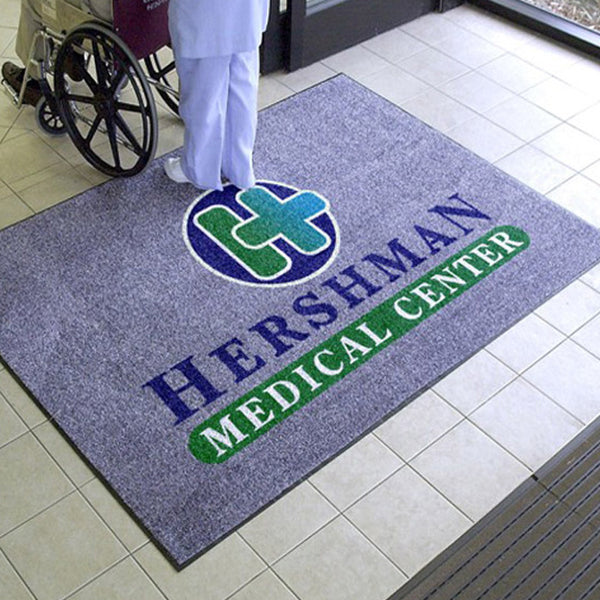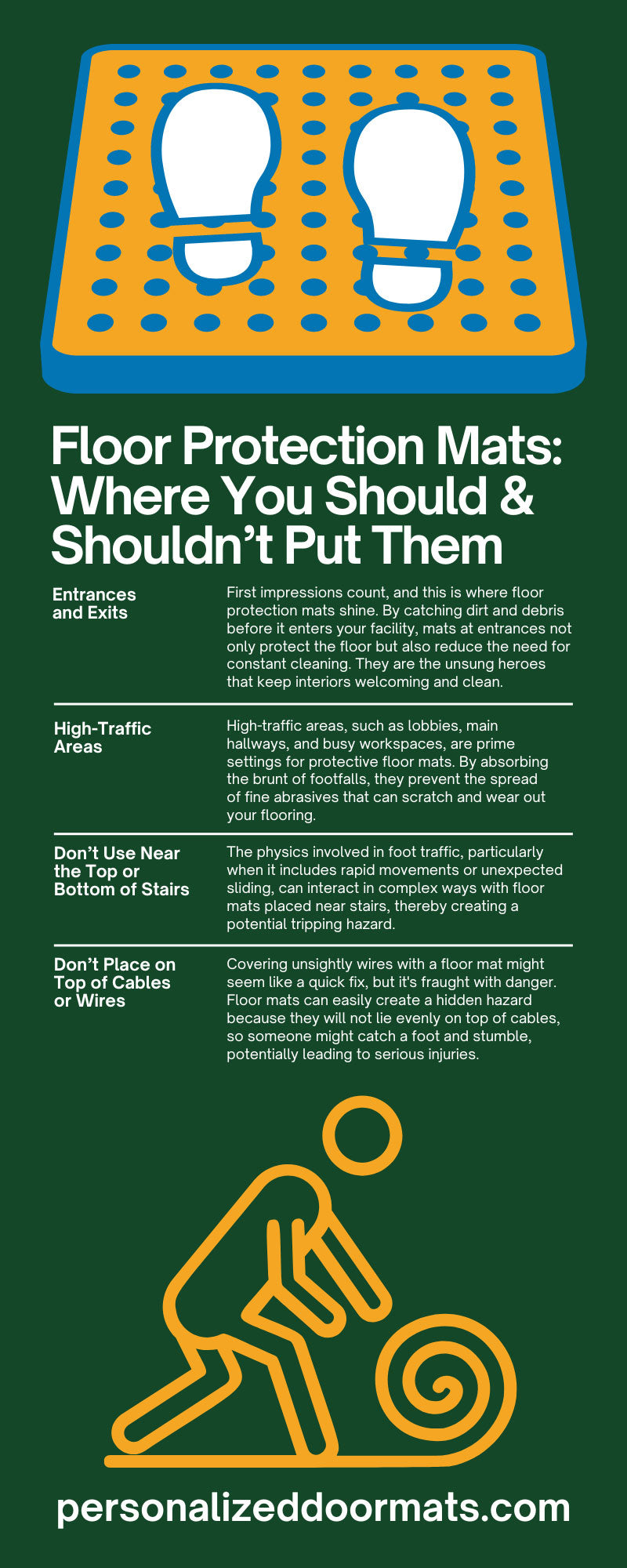-
BUSINESS CUSTOM LOGOMATS
- ALL CUSTOM LOGOMATS
-
★ Free Proof Request ★
-
★ Create Your Own Logomat ★
-
Rubber Backed Carpeted HD
-
Luxury Berber Inlay
-
Rubber Scraper Logomat
-
Waterhog Impressions
-
Non-Logo Commercial Matting
- More...
- NON-LOGO MATTING












